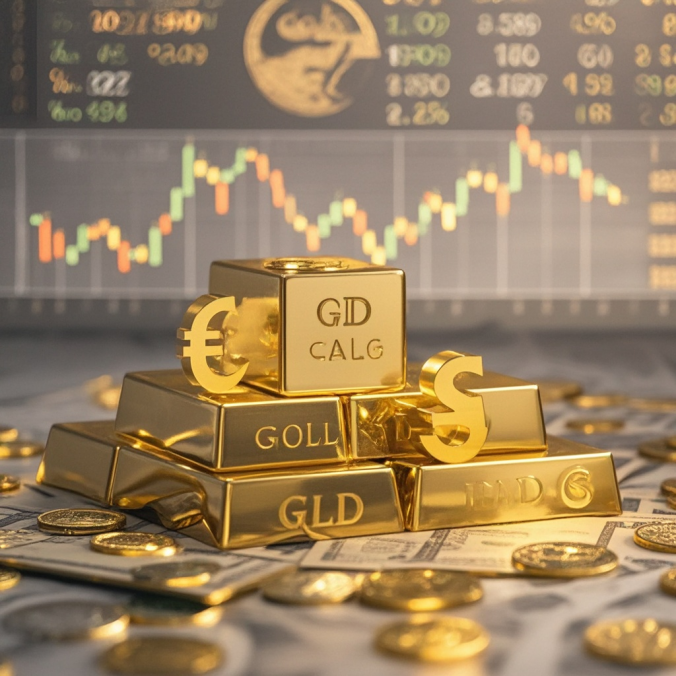Geopolitical Easing Leads to Slight Decline in Gold Prices, Short-Term Volatility Emerges in Gold Market
In early Asian trading on Monday (July 7), the gold market witnessed notable changes, with spot gold experiencing slight fluctuations and a modest decline. The price briefly fell below the $3,330 per ounce threshold and is currently trading around $3,327.25 per ounce. Behind this price movement, shifts in geopolitical factors played a pivotal role.
Recently, international geopolitical developments have been a major driver of the gold market. As a traditional safe-haven asset, gold tends to attract significant investor inflows during periods of heightened global geopolitical tensions, pushing prices higher. The current slight weakening in gold prices stems from signs of easing geopolitical tensions.
U.S. President Trump is scheduled to meet with Israeli Prime Minister Netanyahu on Monday to discuss ceasefire details regarding the Gaza conflict. Following this news, market risk aversion sentiment cooled slightly. Investors' concerns over geopolitical risks have somewhat diminished, leading to reduced safe-haven demand for gold.
From a trading perspective, changes in risk sentiment are directly reflected in the balance of buying and selling forces in the gold market. When risk aversion rises, investors flock to gold, driving prices upward. Conversely, when tensions ease, some investors opt to take profits by selling gold, exerting downward pressure on prices. This dynamic was evident in early Asian trading on Monday, as news of geopolitical easing strengthened selling pressure, causing spot gold prices to dip slightly.
For long-term participants in the gold market, this short-term volatility has sparked divergent views. Some investors believe the easing of geopolitical tensions is temporary, given the complex and volatile situation in the Middle East, which could escalate again at any time. As a result, they choose to hold onto gold, anticipating another price surge driven by geopolitical risks.
However, other investors hold a different perspective. They argue that while geopolitical factors significantly impact gold prices, global economic conditions and monetary policies are equally important. Currently, the global economy is gradually recovering from the pandemic, with positive economic data emerging from major economies. This has increased investor appetite for risk assets, diverting attention away from gold.
From a monetary policy standpoint, although most central banks worldwide maintain accommodative policies, expectations of future policy tightening are gradually building. Should signals of monetary tightening emerge, gold—as a non-yielding asset—could lose further appeal.
In summary, spot gold prices dipped slightly on Monday due to geopolitical easing, reflecting the close relationship between market risk sentiment and gold prices. However, the future trajectory of the gold market remains uncertain, as developments in geopolitical tensions, the pace of global economic recovery, and adjustments in monetary policies will continue to influence price fluctuations. Investors engaging in gold trading must closely monitor these factors and exercise caution in their decision-making.
